A couple of weeks ago I wrote about creating multi-layered characters as one of my goals as a transgender writer. I was talking about LGBT characters at the time, but pulling back a bit on those parameters, I think the dedication to crafting believable, complex characters should extend to every personality in the narrative. And if we’re going to support well rounded character development as writers, we should remember to support intersectionality while we’re at it.
All I mean here about intersectionality is that I want to include a liberatory understanding of the differently positioned, race, ethnic, class, gender, and sexual orientation-related communities while I’m writing, playing against what are either tropes in literature or stereotypes of culture. It doesn’t do my writer’s agenda any good if only the LGBT aspects of the book are well thought out and explored. Besides, and this is a mammoth besides, many LGBT people are also in other communities—they may be people of color, working class, resident aliens, Buddhists, and so on—and if there aren’t enough YA books out there with LGBT characters, there are certainly fewer of them with minority LGBT characters. So, some of the things I try to think about when I’m drafting my character sheets:
Stay away from racial stereotypes and genre tropes of that stereotype—It’s a no-brainer to avoid racist overtones like writing about “dark villains,” but there are less obvious problematic characters, like having very religious characters be Hispanic or African American. Science fiction has even taken on the trope of the “magical Negro,” at times executed as an extension of religiosity. I’m not saying we can’t have wizards of color, but we need to create a context in which those characters aren’t present just to help a white protagonist (I’m looking at you, Bagger Vance).
Look at how intersectionality affects reality for the characters—Often, when faced with a crisis, our protagonist will seek help, from the people around them and from places or institutions they know about. We could show something interesting if it’s only the private girl’s school that has the rare book in the library with the clue to a secret past and our heroine attends public school in a low-income neighborhood. Then just “passing” to get into the school and find the book becomes something of a challenge. Friends of the protagonist may relate to each other across differences in their backgrounds, or bicker over those differences. For YA characters, there may be “first” moments captured in the story—the first time they were denied some kind of service, the first time someone said something derogatory to them because of their background, etc.
Remember that everyone has race, everyone has gender, and everyone has a class position—When a character has privilege with regard to one of these power vectors, that needs to be explored, too. Those girl’s school students may be more aware of their class standing than a middle class white character understands their race privilege, but these awarenesses can be part of the story, too. Writing in the affects of all of the characters’ social positions, and not just the ones with minority status or who are oppressed, will make the story stronger and move it away from reinforcing problematic ideas about race, class, and gender.
Think about how intersectionality affects LGBT identities—All kinds of adolescents worry about how their families will react when they come out, but there are different specific concerns depending on the cultural history of the family, and its standing in the community. Maybe a working class Latina girl and a wealthy African American boy find ways to come out to their parents because of seeing how each other is negotiating their own journey. Or a young trans woman with Roma parents discovers an unlikely mentor in the form of her art teacher, who is an Asian gay man. What kinds of disparate experiences could be brought together, and what kinds of lessons could they learn from each other?
I value diversity for just such a reason: we live richer, fuller lives when we open up to each other, respect our differences, and work together to improve our lives. I love to see those messages in stories, and I think acknowledging and working with intersections of these communities makes those narratives more accessible to all YA readers, and more interesting to boot. Next week I’ll present a short story of mine with these goals in mind.
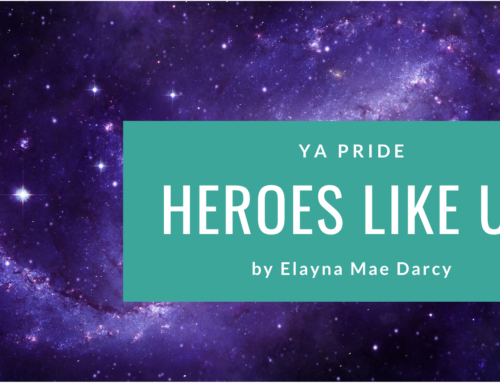
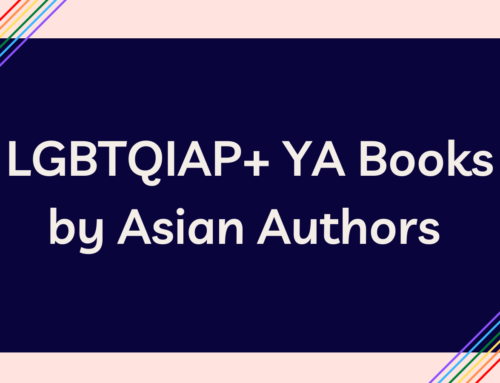
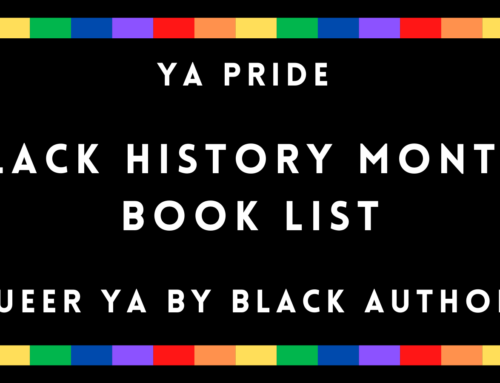
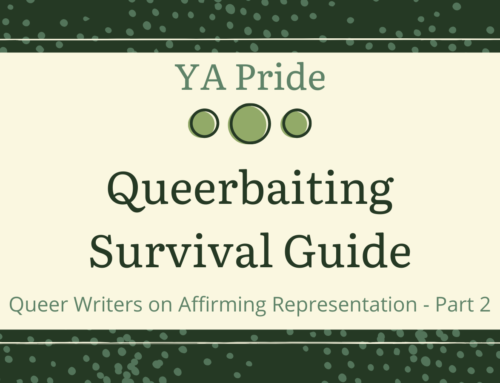
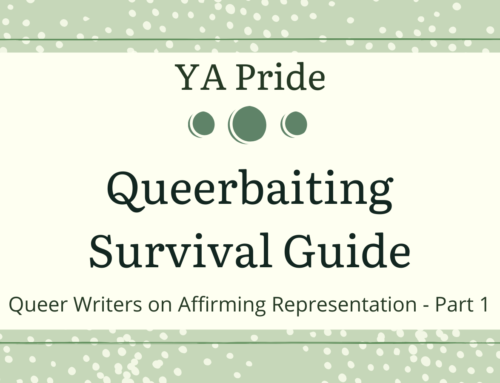
“I value diversity for just such a reason: we live richer, fuller lives when we open up to each other, respect our differences, and work together to improve our lives.”
I truly believe this as well. I also think writing about a person’s particular mix of challenges, privileges and so on is what really makes a character a whole person and is one of the best ways to avoid making someone in to a one note or a sign post for an issue.